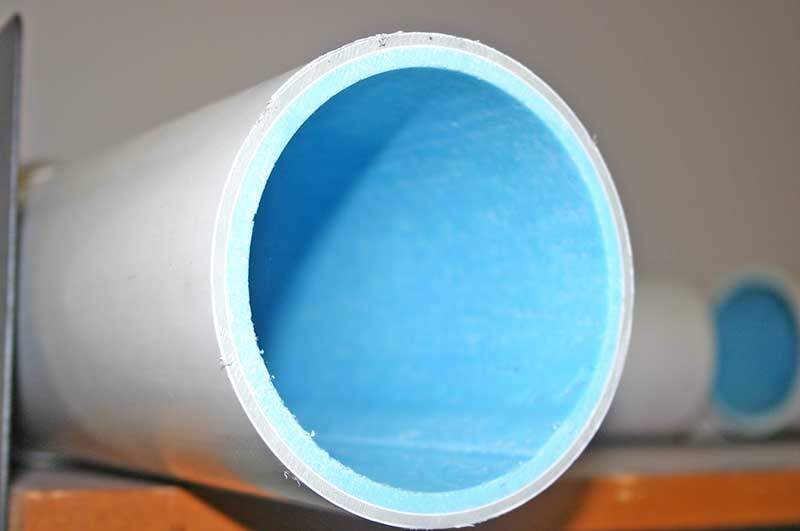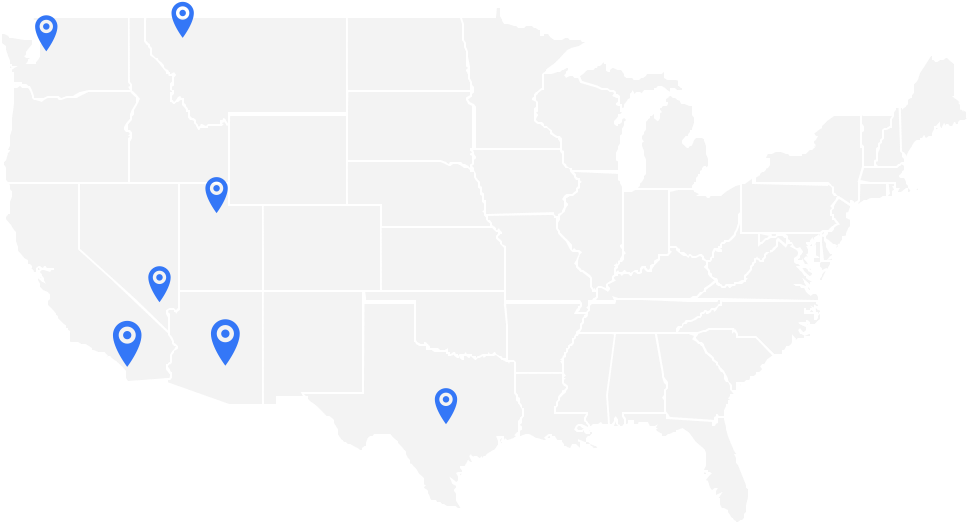Nobody likes “dig and replace.” Well, maybe excavators do, but everyone else is looking for a better solution. “Dig and replace” is so problematic for the teams that use it, that we’ve spent decades engineering more appealing solutions. That’s where Cured-In-Place Pipe (CIPP) comes in.
CIPP is a category of trenchless pipe rehabilitation solutions. Depending on the particular solution you use, you need to dig only one or two small pits to access the damaged line. How simple repairs are from that point depends on the solution you’re using. So let’s go into detail about the three main CIPP systems, so you can understand which one is a good fit for your project.
Hot Water Cure
The original Cured-In-Place Pipe system, hot water curing is the most difficult solution to use. In this system, the resin-soaked liner is inserted into the pipe and inflated using cold water. Then, using a boiler on-site, water is heated and circulated through the pipe. The heat of the water cures the resin, solidifying it and making it rigid. Then cold water is again circulated to cool the pipe liner. Finally, the system is reconnected and recommissioned.
Hot water cure is problematic, as it can be difficult to deliver the equipment and the water necessary to apply it. If you’re working with a small space at either pit, you may not have room to park the truck to deliver what you need. It also takes a not-insignificant amount of time to set up, to cure the pipe liner, and to remove the equipment. An improvement on “dig and replace” for sure, but still inefficient.
Steam Cure
Steam cure was the obvious next step from hot water. Applied in much the same way, a liner is inserted, a boiler attached, and a heating agent circulated. This time, though, instead of hot water, it’s steam. The steam is faster at transferring heat, speeding the curing process. This solution still requires a significant amount of equipment and water, though, reducing its feasibility when the project is short on space.
UV Cure
A more recent addition to the CIPP family, UV cure begins much the same way steam and hot water solutions do: a resin-saturated liner is inserted into the pipe, and pressurized air is used to inflate it. But then things take a turn towards efficiency; instead of circulating a medium, a device called a light train is inserted, and ultraviolet light is used to harden the resin (similar to how the dentist glues things on your teeth).
The light train, and the equipment used to inflate the liner, are comparatively compact, and drastically reduce the necessary size of the insertion points. It also means less mess topside. Plus, UV light cures the liner more rapidly than previously mentioned methods.
Epoxy Liner
Finally, in what could probably be described as a “self-cure” system, epoxy-saturated liners take a different approach to CIPP. In this solution, a pipe liner is slipped inside of a “calibration liner”, and then soaked in epoxy and kept cool. From there, the liner is mounted onto an inversion machine and rolled up.
When it’s time for insertion, compressed air is used to inflate and invert the liner. Then, once the liner has spanned the length of the damaged pipe, and has been inflated to conform to the host pipe, the epoxy cures on its own, no curing agents required.
This last method has a number of advantages over the previous methods, the main two being a) it requires less equipment, and b) because the system inverts the liner, there’s no need for circulation, and you only have to dig one insertion pit.
Is Cured-In-Place Pipe Right For You?
Cured-In-Place Pipe solutions are a big step up from “dig and replace,” but they’re not the only solutions that can overcome the pitfalls (no pun intended) of digging a trench. Solutions such as pipe bursting, Spray-In-Place Pipe, and multilayered liners can also be effective rehabilitation methods, and it’s often a matter of determining which solution best meets the needs of your project. For help with finding the right system for you, contact the experts at Advantage Reline.






